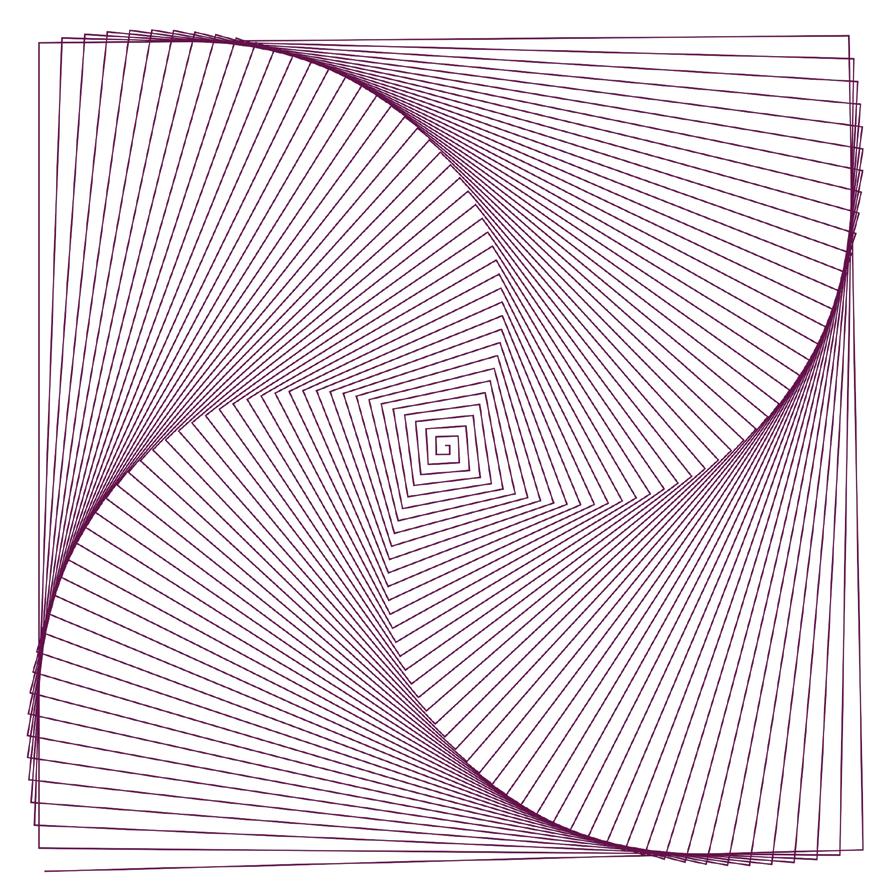
OUR EXPERT Mike Bedford is firmly of a technical persuasion, yet has loved to exercise his more creative skills since he first got to grips with computer programming.
It has been suggested that creating artwork and computer programming are diametrically opposite. After all, art involves exercising creativity, while coding involves providing a fixed set of instructions that will be followed verbatim. More generally, the divide between the arts and the sciences is often considered unbridgeable. We'd beg to differ as, no doubt, Leonardo da Vinci would have done. As one of history's best-known polyglots, his achievements included the painting of The Last Super, a mural that can be seen in the monastery of Santa Maria delle Grazie in Milan, his writings on a wide range of scientific disciplines including anatomy, botany, astronomy, mathematics and geology, plus his many inventions, perhaps most notably flying machines. With such an esteemed artist-cum-scientist as our inspiration, we feel more than justified in introducing you to the subject of creating art using a sequence of instructions. In some cases, we're looking at how to do that using software that others have created, but if you are itching to write code yourself, we look at how you can do so to create your own unique algorithmic art.
The early days
This story is from the {{IssueName}} edition of {{MagazineName}}.
Start your 7-day Magzter GOLD free trial to access thousands of curated premium stories, and 9,000+ magazines and newspapers.
Already a subscriber ? Sign In
This story is from the {{IssueName}} edition of {{MagazineName}}.
Start your 7-day Magzter GOLD free trial to access thousands of curated premium stories, and 9,000+ magazines and newspapers.
Already a subscriber? Sign In

Create your first WebSocket service
Mihalis Tsoukalos explains how to use the Go programming language to work with the WebSocket protocol.

Fantastic Mr Firefox
Nick Peers takes a trip down memory lane to reveal the story behind the rise - and slight fall - of Mozilla's popular web browser.

Set up your terminal and email like it's 1983
Jump in the hot terminal time machine with Mats Tage Axelsson who emails from the command line using the latest technology.

Universal layer text effects with GIMP
Posters use them, films and presentations are hard to imagine without them: text effects. Attract attention with Karsten Günther and GIMP.

Jump to a federated social network
Nick Peers reveals how you can get up and running with this free, decentralised and non-profit alternative to Twitter.

Free our SOFTWARE!
Taking anything for granted is dangerous, so Jonni Bidwell and Mike Saunders revisit how the free software movement got started to help free us from proprietary tyranny!

Master RPI.GPIO
Les Pounder goes back to the early days of the Raspberry Pi - and his career with this classic library! -

Waveshare Zero to Pi3
Transform your Pi Zero into a Pi 3, they promised Les Pounder, but it's more like adding on go-faster stripes.

The Best OPEN SOURCE Software Ever!
In an attempt to trigger controversy, Michael Reed and Neil Mohr unequivocally state these are the greatest free software apps ever. Probably. We’re just trying to be helpful.

Linux-Mandrake 7
Simplicity and a wide range of applications make this a great distribution for all Linux users.